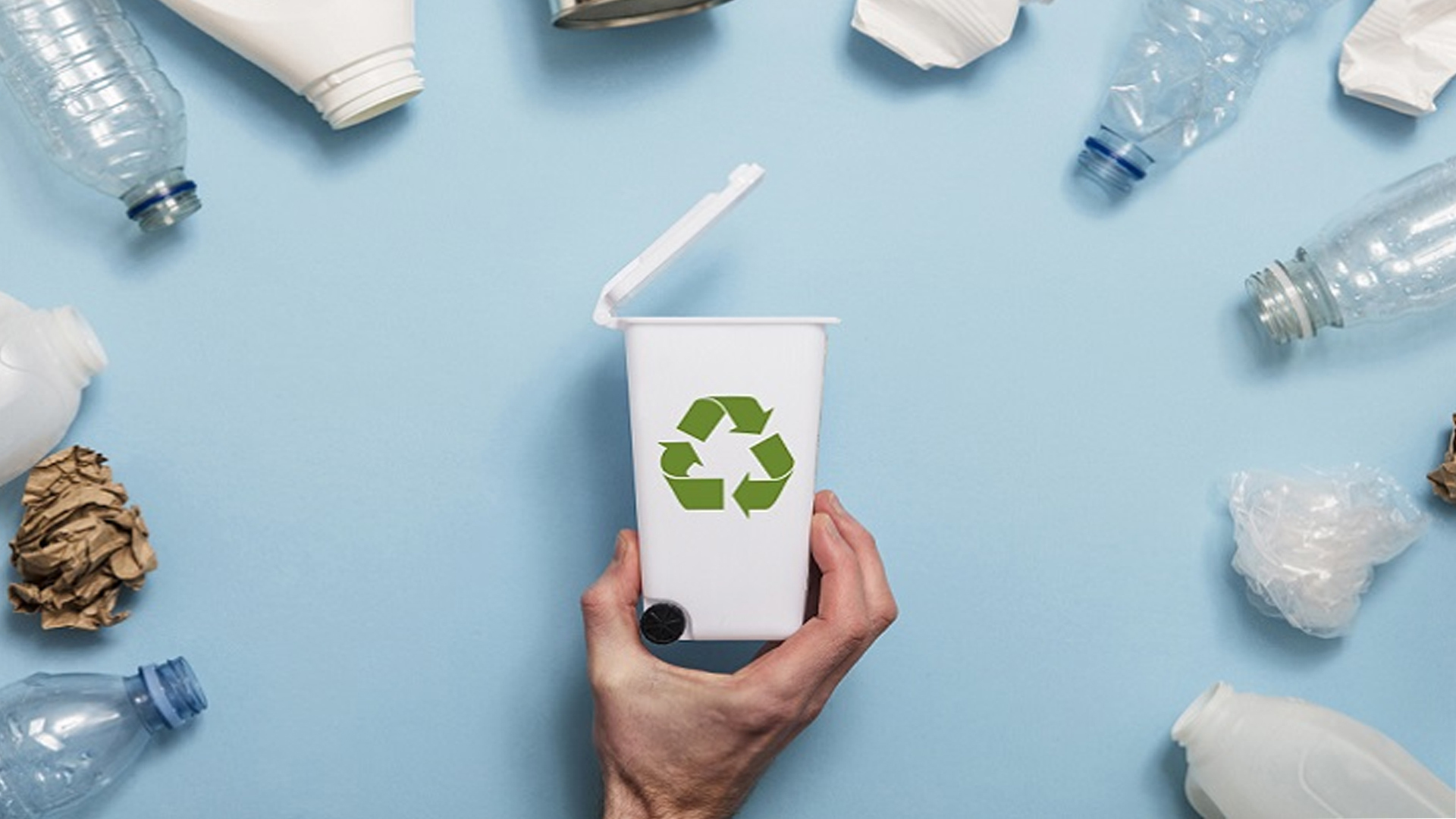Table of Contents
- Introduction to Biodegradable Plastics
- Benefits of Biodegradable Plastics
- Common Types of Biodegradable Plastics
- How Biodegradable Plastics Are Tested
- Challenges and Criticisms
- Future Trends in Sustainable Packaging
Introduction to Biodegradable Plastics
An inventive way to solve environmental issues with conventional plastics is using biodegradable plastics. These environmentally friendly plastic substitutes disintegrate more quickly in the natural environment than traditional plastics, which can take hundreds of years to break down. This lessens pollution and the load on landfills. A practical path toward sustainable development is provided by biodegradable polymers, which are made from renewable resources like sugarcane, potato starch, or maize starch. However, their effectiveness in reducing waste depends on proper disposal, biodegradability testing, and the availability of suitable composting facilities, highlighting the need for continued advancements in waste management practices.
Benefits of Biodegradable Plastics
Biodegradable plastics offer numerous advantages that make them a preferred choice for those looking to adopt more sustainable practices. One of the most significant benefits is the pollution reduction. Traditional plastics contribute massively to pollution, clogging waterways and harming marine life. In contrast, biodegradable plastics decompose more quickly and naturally, reducing their environmental impact dramatically.
- Reduction in Pollution: By breaking down faster, biodegradable plastics contribute significantly less to environmental pollution than traditional plastics. When biodegradable plastics break down, they generally leave behind less harmful residues.
- Less Landfill Waste: Since biodegradable plastics decompose naturally, they help reduce the ever-growing issue of landfill overflows. Over time, these plastics will take up less landfill space since they are made to decompose under particular circumstances in a composting setting.
- Lower Greenhouse Gas Emissions: The production and decomposition of biodegradable plastics typically produce fewer harmful emissions than traditional plastics, contributing to global warming. Businesses can lower their carbon footprint and lessen their impact on climate change by switching to biodegradable products.
Common Types of Biodegradable Plastics
Polylactic Acid (PLA)
Corn starch and sugarcane are renewable resources for making polylactic acid (PLA). This sets PLA apart from conventional polymers, usually made from petroleum. PLA is widely utilized in 3D printing, disposable flatware, and food packaging. One of its key advantages is its compostability in industrial composting facilities, making it a favored choice for many businesses aiming to reduce their environmental impact. However, it’s worth noting that PLA requires industrial composters to break down completely, which may only be available in some regions.
Polyhydroxyalkanoates (PHA)
Microbial fermentation processes produce polyhydroxyalkanoates (PHA). These biopolymers are known for their versatility and excellent biodegradable properties. PHAs can be used in various applications, including packaging, agricultural films, and medical devices. Unlike PLA, PHAs can break down in marine environments, making them an attractive option for reducing oceanic plastic pollution. However, the current production costs for PHAs are relatively high, which limits their widespread adoption.
Starch Blends
Starch blends comprise biodegradable polymers and starch, often obtained from plants like potatoes or corn. These blends offer a balance between performance and eco-friendliness. They are frequently used to manufacture disposable cutlery, packaging materials, and garbage bags. One of the challenges with starch blends is their sensitivity to moisture, which can affect their integrity and performance. Nevertheless, they remain a viable option for reducing dependence on traditional plastics.
How Biodegradable Plastics Are Tested
Ensuring that biodegradable plastics perform as expected requires rigorous testing. Laboratories use established standards such as ASTM and ISO to evaluate these materials’ biodegradability, compostability, and disintegration in various environments. These tests simulate conditions the plastics would encounter in real-life scenarios, such as soil, compost, and marine environments. For instance, the ASTM D6400 standard outlines the specifications for products and plastics intended for composting in commercial and municipal aerobic composting facilities.
By following these guidelines, manufacturers can guarantee that their biodegradable polymers break down without producing hazardous byproducts. This testing is crucial for gaining consumer trust and ensuring that these products contribute to sustainability goals rather than creating new environmental problems.
Challenges and Criticisms
Despite their benefits, biodegradable plastics face several criticisms and challenges. A significant problem is the high production cost. Widespread adoption may be hampered by the costly techniques required to create biodegradable plastics. Businesses need clear economic benefits to justify the higher costs.
Another significant challenge is the need for more recycling infrastructure for biodegradable plastics. Most recycling facilities need to be equipped to handle these materials, leading to potential contamination in recycling streams. This limitation means that even biodegradable plastics can end up in landfills, undermining their environmental benefits.
- High Production Costs: The costs associated with producing biodegradable plastics are often higher than those for traditional plastics. This economic factor can only deter companies from switching if consumer demand or regulatory pressures force them to reconsider.
- Limited Recycling Protocols: Current recycling infrastructures are only sometimes equipped to handle biodegradable plastics, leading to potential contamination in recycling streams. This issue underscores the need to update recycling processes to accommodate new types of materials.
- Specific Environmental Conditions: Biodegradable plastics often require specific conditions to break down effectively, which may only sometimes be present in natural environments. For instance, PLA requires industrial composting facilities to decompose fully, limiting its effectiveness in areas without such infrastructure.
Future Trends in Sustainable Packaging
With increasing environmental awareness, the demand for sustainable packaging will likely grow. One emerging trend is the development of hybrid materials, which blend different types of biodegradable polymers to achieve better performance and compostability. These hybrid materials can offer enhanced durability while still being eco-friendly.
Another promising trend is the improvement of recycling methods. Enhanced recycling processes can better handle biodegradable plastics and integrate them into existing recycling systems. This development would address one of the major criticisms of biodegradable plastics and make them a more viable option across different regions.
Government policies are also crucial in shaping the future of sustainable packaging. New regulations are being implemented to promote biodegradable options and discourage single-use plastics. These policies are essential for driving industry-wide changes and encouraging the adoption of more sustainable practices.




